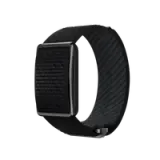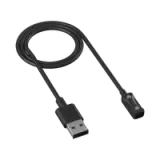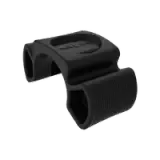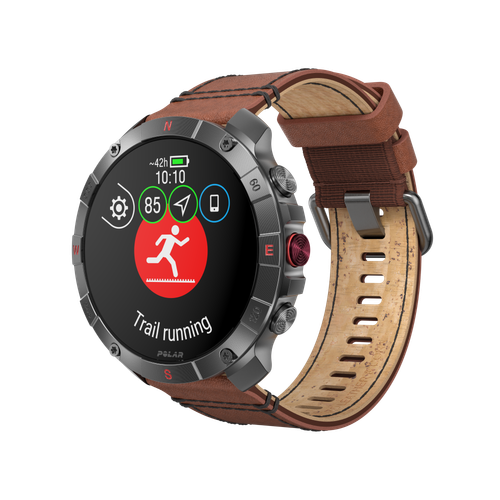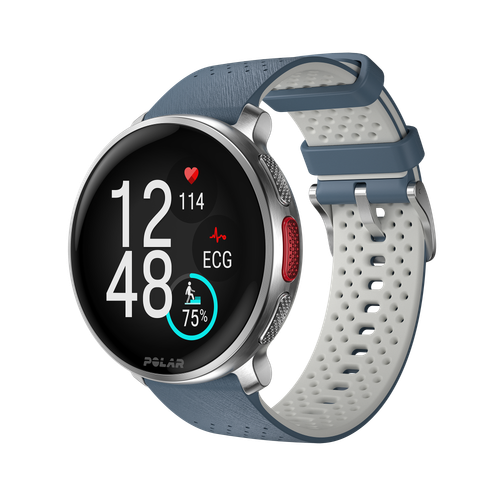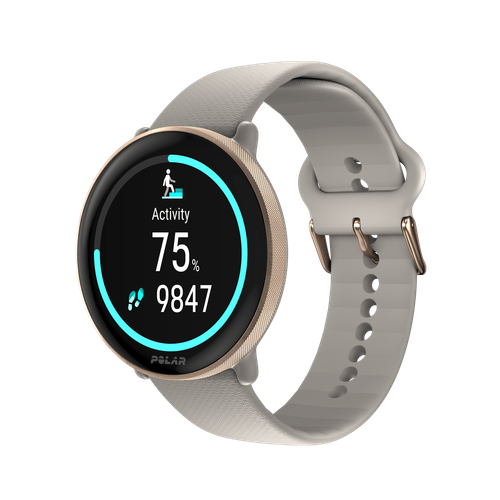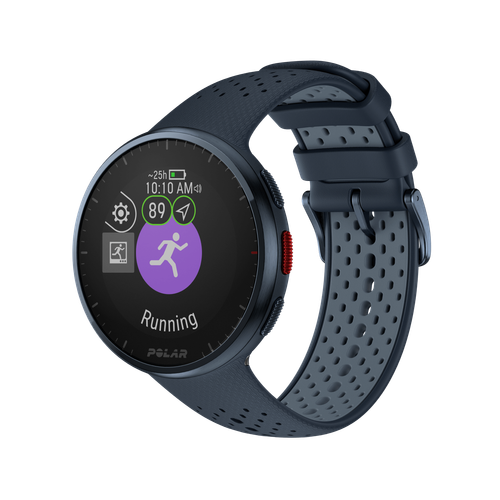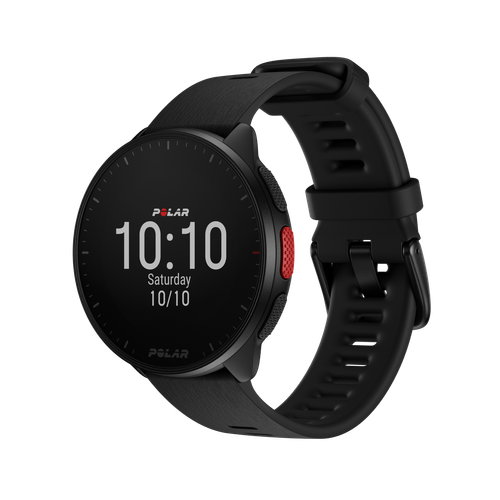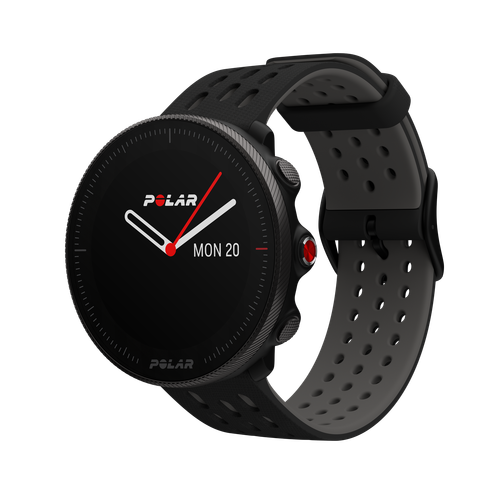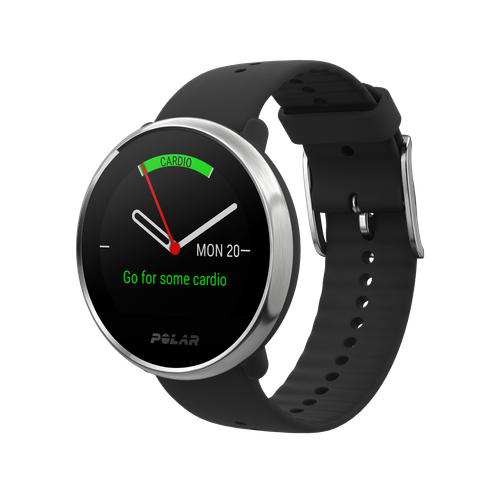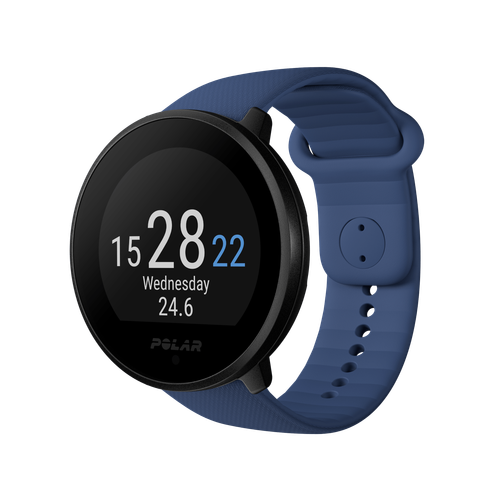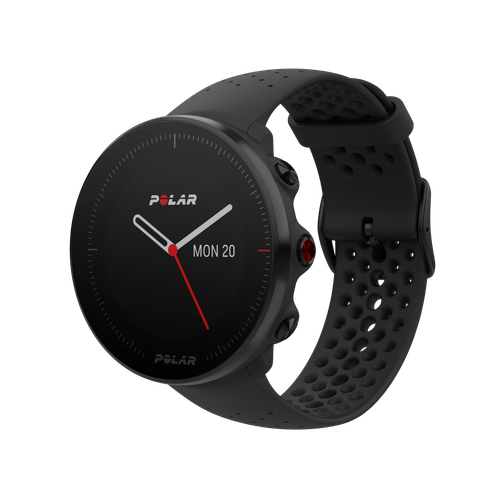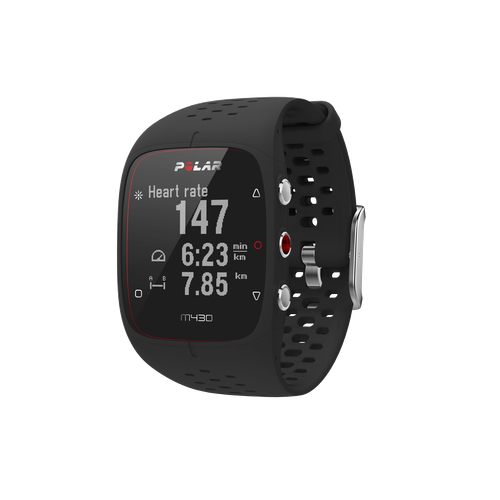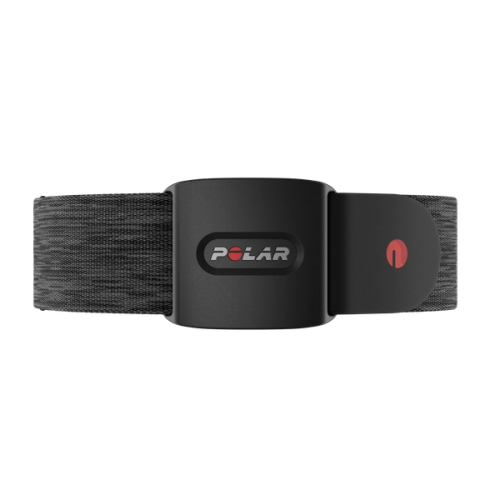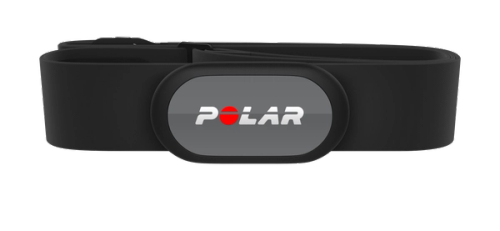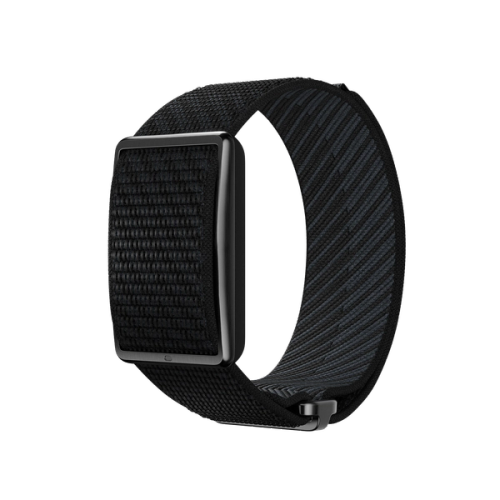Have you ever experienced that exhilarating feeling of a final sprint toward the finish line, seemingly fueled by a sudden surge of adrenaline? This phenomenon, often attributed to sheer willpower, might actually result from a complex neurological process known as the central governor theory.
Why and how we experience fatigue has long intrigued scientists and athletes alike. So, could this brain-based mechanism influence our physical endurance? Does the brain act as the captain of the team and tell when to give up or when to push harder? And does that mean we can harness its power to improve our athletic performance? Let's take a look at the science of fatigue.
What is the central governor theory?
The central governor model (CGM) of physical fatigue offers a fascinating perspective on how our bodies regulate exercise. Unlike traditional theories that primarily focus on peripheral factors, like muscle exhaustion and energy depletion, the CGM posits that the brain plays a pivotal role in determining our exercise capacity.
The brain monitors various physiological parameters, such as heart rate, breathing, and blood lactate levels, to assess the body's ability to continue exercising. If it perceives that the body is nearing its limits, it sends signals to reduce effort or even shut down the muscles entirely.
Essentially, the CGM suggests that the brain acts as a "governor" for our physical exertion. It monitors various physiological parameters, such as heart rate, breathing, and blood lactate levels, to assess the body's ability to continue exercising. If the brain perceives that the body is nearing its limits, it sends signals to reduce effort or even shut down the muscles entirely.
This protective mechanism is designed to prevent catastrophic physiological failure, such as heatstroke or muscle damage. By limiting exercise intensity and duration, the brain helps to maintain homeostasis, ensuring that the body's internal environment remains stable.
While it is often discussed in the context of endurance sports like running and cycling, you can also apply the theory to other forms of physical exertion. For example, the brain may regulate effort levels during weightlifting or even in everyday activities like walking or climbing stairs.

Peripheral model of fatigue vs. central governor theory
The traditional view of fatigue has been the peripheral model, which posits that fatigue arises due to the breakdown of various bodily systems, such as the muscles, cardiovascular system, or neuromuscular system. When these systems reach their limits, they can no longer sustain the required level of effort, leading to decreased performance and tiredness.
However, the peripheral model struggles to explain certain phenomena, particularly the "spurts" that athletes often experience during endurance events. For instance, many runners find themselves capable of a sudden burst of speed when the finish line is in sight despite feeling exhausted moments earlier.
In this example, the CGM model suggests that the brain perceives that the finish line is near and that the risk of injury is relatively low. As a result, it allows the athlete to temporarily increase their effort, tapping into reserve energy stores that were previously held back.
undefined
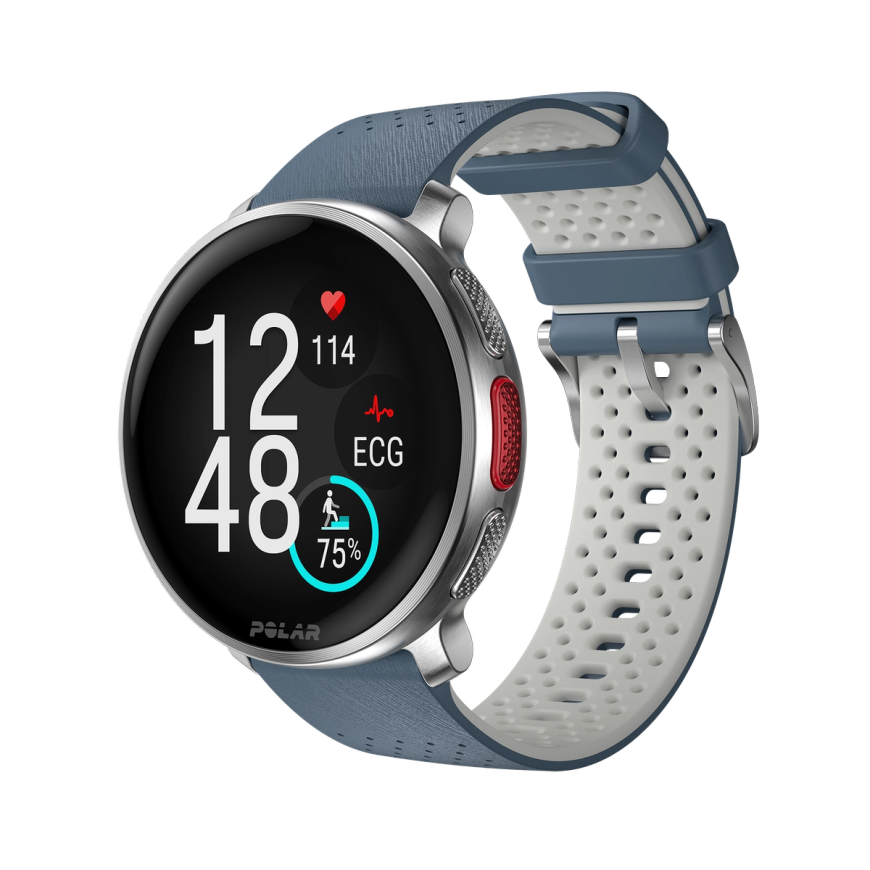
Polar Vantage V3
Premium Çoklu Spor Saati
Biyoalgılama araçları, AMOLED ekran, çift frekanslı GPS, haritalar ve piyasadaki en kapsamlı egzersiz ve dinleme araçları bir arada. Dünya sizin oyun alanınız ve Polar Vantage V3 akıllı spor saati sizin için ter dökmeye hazır.
Origins of the central governor theory
Exercise scientist Tim Noakes first proposed the central governor model (CGM) of fatigue in 1997. However, the concept has been around since the 1920s. Let's look at how these theories developed.
Hill's Central Governor Theory
The concept of a central regulator of exercise performance was first introduced by physiologist Archibald Hill in 1924. Hill proposed that a "central governor" protects the heart from oxygen deprivation (anoxia) during strenuous exercise. This governor, he suggested, could be either the heart muscle itself or a mechanism within the nervous system that slows the circulation to maintain adequate oxygen levels in the blood.
The concept of a central regulator of exercise performance was first introduced by physiologist Archibald Hill in 1924.
However, Hill's theory was primarily based on logical reasoning and lacked experimental evidence. As a result, it was largely dismissed, and subsequent research focused on more peripheral explanations of fatigue, such as inadequate oxygen supply, lactic acid buildup, or energy depletion in the muscles.
Noakes's Central Governor Model
In 1997, exercise scientist Tim Noakes revisited Archibald Hill's central governor theory and proposed a revised hypothesis based on contemporary research. Noakes suggested that the brain plays a crucial role in regulating exercise intensity to prevent anoxia of the heart muscle. By reducing the neural recruitment of muscle fibers, the brain effectively limits the overall workload on the heart.
As detailed above, Noakes's central governor model challenged the traditional view that peripheral factors primarily cause fatigue. Instead, he argued that the brain's protective mechanisms are the primary drivers of fatigue during exercise.
Misconceptions of the central governor theory
The central governor model has been a subject of debate in exercise physiology, with some misconceptions arising. One common misunderstanding is that the CGM denies the reality of physiological demands during a race. In fact, the model acknowledges that running requires a delicate balance between physical preparation, biological systems, emotional factors, and self-preservation. Thus, this interplay of these elements ultimately determines how hard an athlete can push their body.
Another misconception is that the CGM implies athletes can simply "switch off" the central governor to achieve higher performance. While the model suggests that internal motivation and discipline can help push the boundaries the central governor sets, it's important to remember that the body's physical limitations and emotional state also play crucial roles. Ignoring these factors can, of course, lead to overtraining and potential injuries.
Criticism of the central governor theory
CGM has emerged as a fascinating theory in exercise science, but it has its critics. While the model offers a compelling explanation for fatigue as a brain-regulated phenomenon, it has faced challenges in fully capturing the complexities of physical exertion.
One criticism centers on the difficulty of directly testing the CGM. Many argue that the theory relies too heavily on subjective measures of fatigue and lacks the support of more sophisticated testing methods. Techniques like twitch interpolation, M-wave normalization, and invasive EMG could potentially shed light on the brain's role in regulating effort.
Furthermore, some point out the occurrence of physiological emergencies during strenuous exercise, like fainting or collapsing. If the brain does indeed act as a failsafe mechanism, such events shouldn't happen. Another criticism is the model's limited scope. While fatigue during exercise is a central focus, it doesn't address the impact of mental fatigue. For example, the depletion of self-control over time falls outside the model's framework.
Finally, some scientists propose alternative explanations based on conscious control. They argue that athletes can consciously adjust their output based on perceived effort and goals, providing a different perspective on the role of fatigue.
The future of fatigue
While controversial, the central governor model of fatigue offers a valuable perspective on the complex interplay between the brain, body, and exercise performance. While it has faced criticisms, the model highlights the importance of considering the brain's role in regulating exertion and emphasizes the need to listen to our bodies to avoid overexertion.
As research continues, a more comprehensive understanding of fatigue may emerge. Such hypotheses may involve integrating the CGM with other theories and factors that influence exercise performance, such as peripheral mechanisms and environmental conditions. By combining these perspectives, we can gain a deeper appreciation for the complexities of fatigue and develop more effective strategies for optimizing athletic performance.
Enjoying this article? Subscribe to Polar Journal and get notified when a new Polar Journal issue is out.
Subscribe
 Polar Vantage M3
Polar Vantage M3
 Polar Grit X2 Pro Titan
Polar Grit X2 Pro Titan
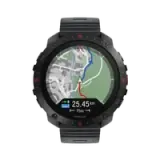 Polar Grit X2 Pro
Polar Grit X2 Pro
 Polar Grit X2
Yeni
Polar Grit X2
Yeni
 Polar Vantage V3
Polar Vantage V3
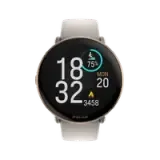 Polar Ignite 3
Polar Ignite 3
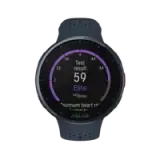 Polar Pacer Pro
Polar Pacer Pro
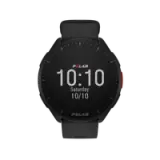 Polar Pacer
Polar Pacer
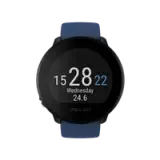 Polar Unite
Grit X Serisi
Vantage Serisi
Pacer Serisi
Ignite Serisi
Polar Unite
Grit X Serisi
Vantage Serisi
Pacer Serisi
Ignite Serisi
